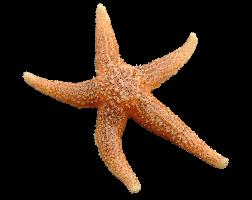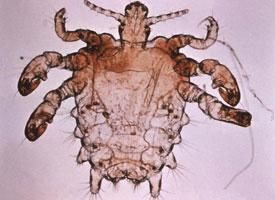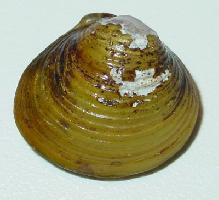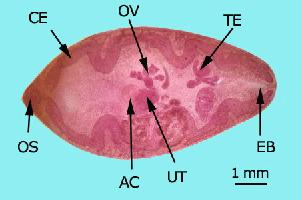
Váhy a míry
| Délka | od 12 do 40 cm |
|---|
Popis zvířete
The Common Starfish, scientifically known as Asterias rubens, is a fascinating marine invertebrate that inhabits the shallow waters of the northeastern Atlantic Ocean, including the North Sea, the Baltic Sea, and extending to the coasts of North America. This species is one of the most recognizable due to its classic star-shaped appearance and its role in marine ecosystems.Asterias rubens typically has five arms, although variations with four or six arms are occasionally found. These arms are covered in a tough, leathery skin that is adorned with small, calcareous spines, which provide protection against predators. The color of this species can vary widely, including shades of orange, red, yellow, and brown, often camouflaging with the seabed to avoid detection.
One of the most intriguing aspects of the Common Starfish is its mode of feeding. It is primarily a carnivore, with a diet that includes mussels, clams, and other small invertebrates. The starfish has a unique feeding mechanism where it can evert its stomach out of its mouth to envelop and digest its prey externally. This allows it to tackle prey much larger than could be accommodated within its body cavity.
The Common Starfish has a simple yet effective nervous system and lacks a true brain. Instead, it has a nerve ring that encircles its mouth and radial nerves that extend along each arm. This configuration enables it to sense its environment and coordinate its movements effectively. The underside of each arm is lined with hundreds of tiny tube feet that operate through hydraulic pressure, allowing the starfish to move, cling to surfaces, and manipulate food.
Reproduction in Asterias rubens can occur both sexually and asexually. During the breeding season, which typically takes place in the spring and summer, males and females release sperm and eggs into the water column, where fertilization occurs. The resulting larvae are planktonic, drifting with ocean currents until they develop into juvenile starfish and settle on the seabed. Asexually, this species can regenerate lost arms, and in some cases, an entire new individual can grow from a single severed limb, although this is less common and takes considerable time.
The Common Starfish plays a significant role in its ecosystem. It is both a predator and prey, contributing to the control of bivalve populations and serving as a food source for larger marine animals such as fish and crabs. However, its impact is double-edged; in areas where it is particularly abundant, it can decimate shellfish beds, leading to conflicts with the fishing industry.
Despite its importance and widespread distribution, Asterias rubens faces threats from pollution, habitat destruction, and climate change, which can impact its reproductive cycles and distribution. Nevertheless, it remains a resilient and adaptable species, capable of surviving in a range of conditions and continuing to thrive in its marine habitats.
In summary, the Common Starfish is a captivating and vital component of marine ecosystems, exemplifying the beauty and complexity of ocean life. Its unique physiological traits, feeding behavior, and reproductive strategies make it a subject of interest for marine biologists and nature enthusiasts alike.
Podobná zvířata
Nové fotografie zvířat
Top 10 zvířat
- Common house mosquito (Culex pipiens)
- Common cockchafer (Melolontha melolontha)
- Colossal squid (Mesonychoteuthis hamiltoni)
- Hooded merganser (Lophodytes cucullatus)
- Australian box jelly (Chironex fleckeri)
- Fruit fly (Drosophila melanogaster)
- Common reed warbler (Acrocephalus scirpaceus)
- Elephant hawk moth (Deilephila elpenor)
- Diana monkey (Cercopithecus diana)
- Moustached guenon (Cercopithecus cephus)


